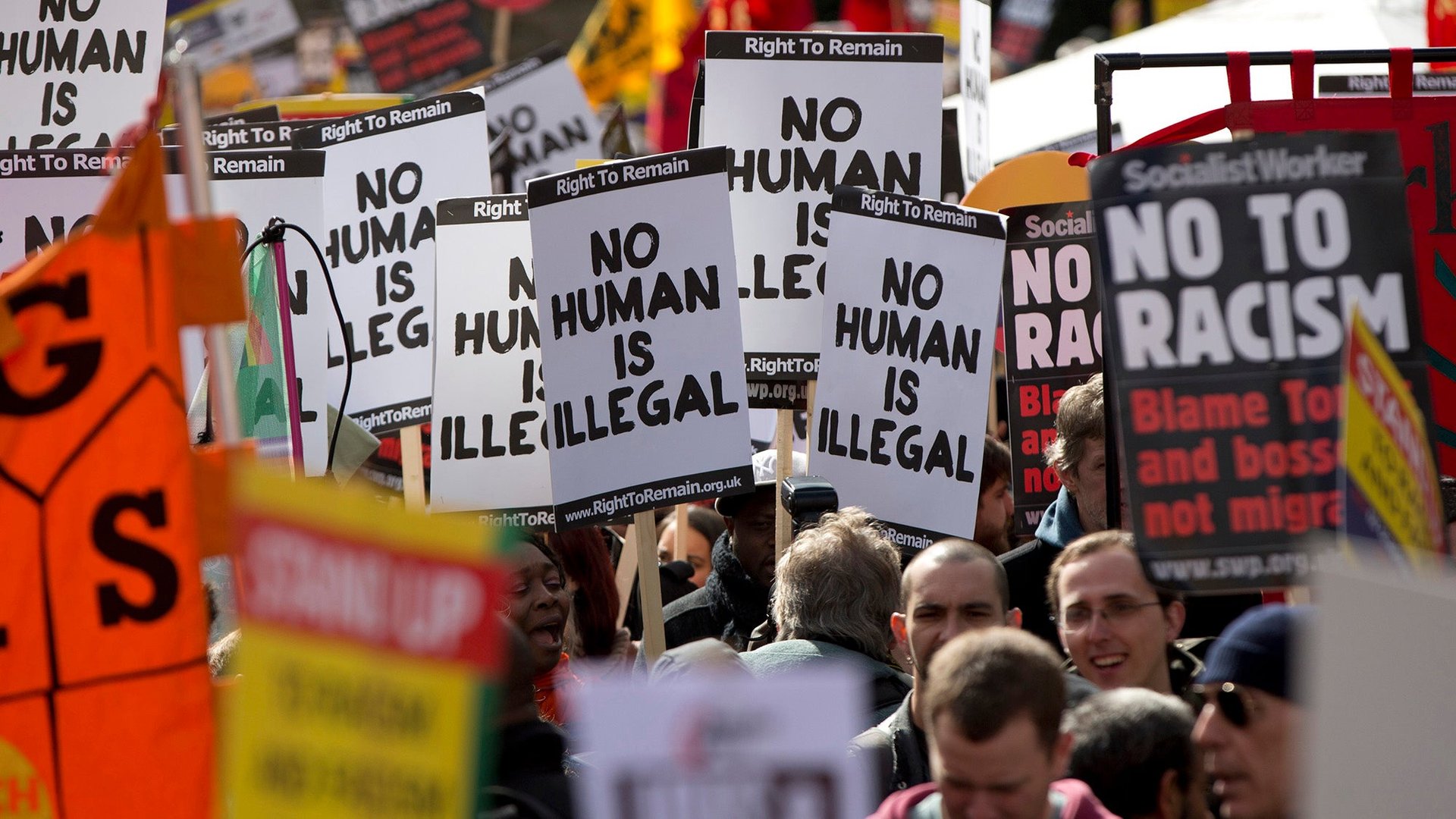How to intervene in a racist attack
It may be true that there are fewer bigots today than in the past. But the fact remains that every day, somewhere in the world, people suffer racist attacks. Some high-profile examples come from the UK in recent days, where hate crimes are on the rise after the Brexit vote, which stirred up strong feelings about immigration and integration.


It may be true that there are fewer bigots today than in the past. But the fact remains that every day, somewhere in the world, people suffer racist attacks. Some high-profile examples come from the UK in recent days, where hate crimes are on the rise after the Brexit vote, which stirred up strong feelings about immigration and integration.
If you find yourself in the unfortunate situation of seeing a racist attack unfold, what’s the best way to intervene?
1. Find the courage
The first barrier to overcome in these situations is the “bystander effect,” which states that the greater the number of bystanders, the less likely any single individual will help. This is because there is a diffusion of responsibility: the bigger the group, the stronger the feeling that surely someone else will step up to help. Or, put another way, the bigger the group, the more likely an individual can say, “If others aren’t helping, I shouldn’t either.”
There are ways to overcome this. A higher sense of emergency, say physical harm, can help. However, most racist attacks are verbal. In these cases, a 2012 study suggests, “public self-awareness” can help. The presence of a camera has been shown to spur some to feel more responsibility to help. The best way, however, is to acknowledge and confront the “bystander effect” head on—most people won’t do anything unless someone finds the courage to act first. You can be that person.
2. Do it right
Now that you have decided to intervene, there are a few things to keep in mind:
- Safety first. It is not selfish to think about your own safety first. If this is a violent racial attack, find a safe spot and then call for help.
- Stay calm. The person you are confronting might perceive your anger as a threat and could react violently.
- Engage the good side. Engage with their sense of community: “Has this person done any harm to you, personally?” Engage with their emotions: “Would you like it if someone abused you or your family in this way?”
- Speak only from your own perspective. Too often people start speaking for the person who is being attacked. This stops the victim from speaking up, who is likely to do so if he or she finds support from bystanders. For instance, if a person is being abused for wearing a hijab, don’t say that the victim does so because of her religion. Instead, speak about how people have the freedom to choose how they dress.
- Ask others to help. In most situations, you are likely to outnumber the attacker.
- Use your camera. Racial attacks are a criminal offense in most countries. If you don’t feel comfortable engaging directly, you can record the event on your phone. This could be vital evidence to punish the perpetrator in the future.
3. Then what?
If the situation is brought under control, there are more things you can do to help the victim.
- Move away. If the attacker is still nearby, ask the victim if it would be okay to take them away from the spot.
- Offer support. You’ve made it clear you’re on the victim’s side, but ask what else there is you can do to help.
- Report the event. Most countries have helplines that deal with racial abuse cases. Take the time to report the event. If you have camera footage, share that with the authorities.
Racism is corrosive, and the only way to deal with it is to acknowledge and address it. It will not go away overnight, but if we all take charge when we see it, lots of small actions will have a big effect.